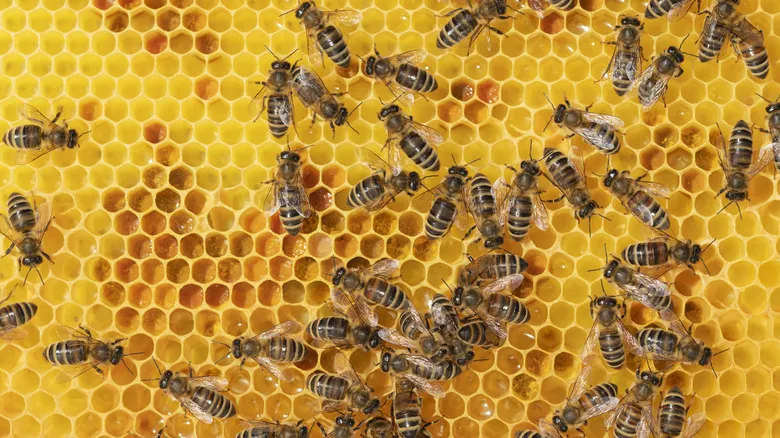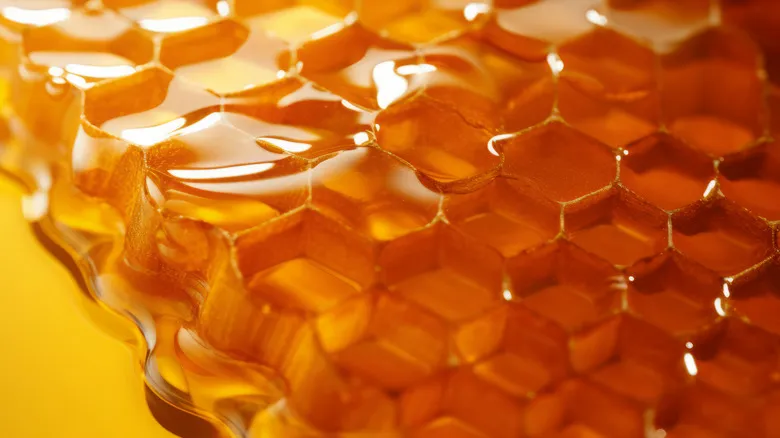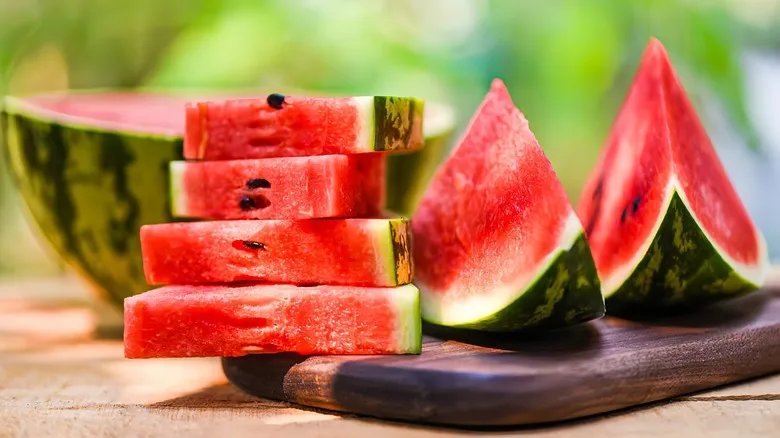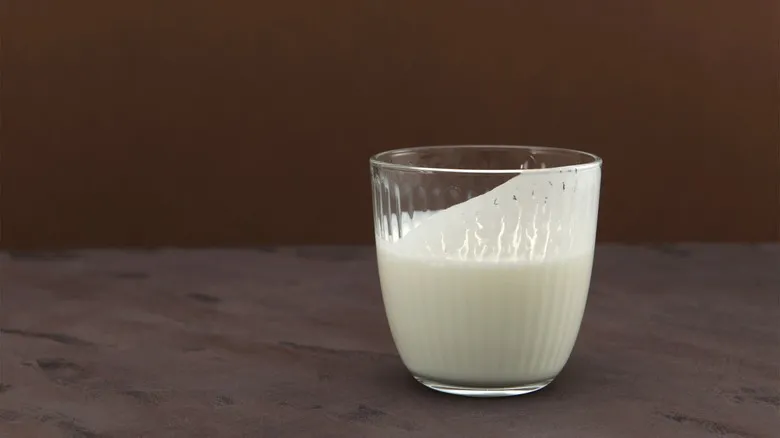How bees help honey's shelf life

The process of making honey begins with bees foraging from flower to flower, collecting sweet nectar. As the nectar resides in the bee's stomach, it is treated with enzymes that break down complex sugar chains into simpler sugars that the bees can easily digest.
Upon returning to the hive, older bees transfer this partially processed nectar to younger "house bees," who consume the nectar and apply additional enzymes to further refine it into honey. While there are many enzymes involved in this intricate process, glucose oxidase is particularly noteworthy. Its role is to convert a small portion of the nectar into gluconic acid, which helps lower the honey's pH, keeping it acidic, and hydrogen peroxide. Historically, honey's hydrogen peroxide content made it a popular remedy for skin ailments, burn treatment, and infection prevention.
The bees continue to process the nectar until it achieves the ideal consistency, containing less than 20% water. Following this, the next phase of the preservation process begins: drying.
Honey doesn't have much water content

Water is essential for life, and this holds true for bacteria as well. To ensure honey remains shelf-stable for a long time, bees take an additional step to dehydrate it. After the house bees complete their enzyme treatment, they store the honey in hexagonal cells within the honeycomb. Although the initial water content of this proto-honey is around 20%, the bees aim to reduce it further, making it more concentrated. To achieve this, they gather around the newly filled honeycombs and flap their wings, effectively transforming each bee into a mini fan. At the start of this process, the nectar contains about 80% water, but by the end, the honey's water content drops to just 15% to 18%. At this point, the honey is ready for indefinite storage.
While bees are naturally skilled at preserving their honey, humans can sometimes make mistakes. When you purchase a new jar of Manuka honey from Costco, remember that its low moisture content makes it prone to absorbing humidity. This is why it's important to store honey in an airtight container. If exposed to humid air, the honey can reabsorb moisture. When the water content in honey exceeds 25%, bacteria can begin to thrive again. Over time, honey may crystallize while in the jar, which is a normal occurrence and can be easily remedied (there are many ways to use crystallized honey in cooking as well). As long as the honey is kept in its original state as made by the bees, it can last for centuries.
Recommended

The Clearest Signs That Your Food Is Freezer Burnt

Yes, You Can Freeze Watermelon. Here's How

How Long Pesto Will Still Taste Good After Opening

How Long Buttermilk Stays Fresh After Opening
Next up

